81–83 St Mary Street, Cardiff, CF10 1FA
Formerly The Prince of Wales Theatre, this was then a cinema of the same name, built on the site of the New Theatre Royal.
Framed drawing of The Playhouse.
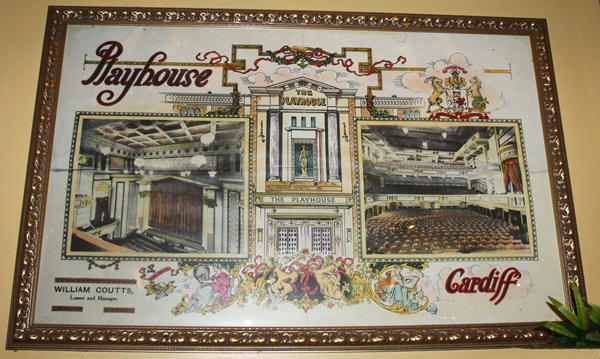
This drawing illustrates how the building used to look internally and externally.
A framed drawing of the theatre during its original use.
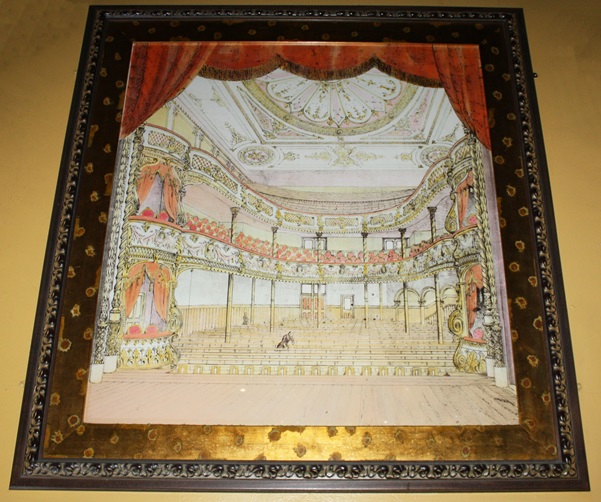
A framed drawing of the theatre when it was the Playhouse Pictorial.
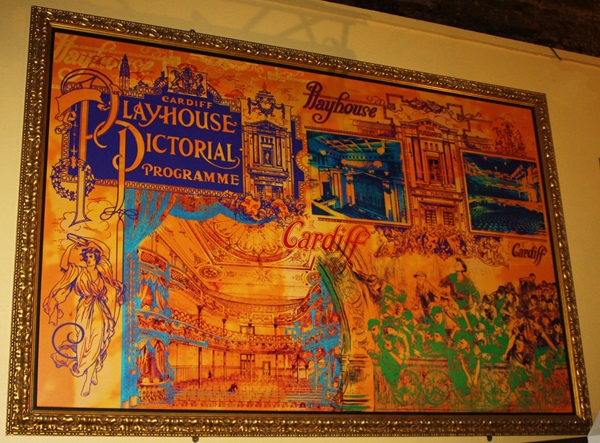
The original lease for this site.
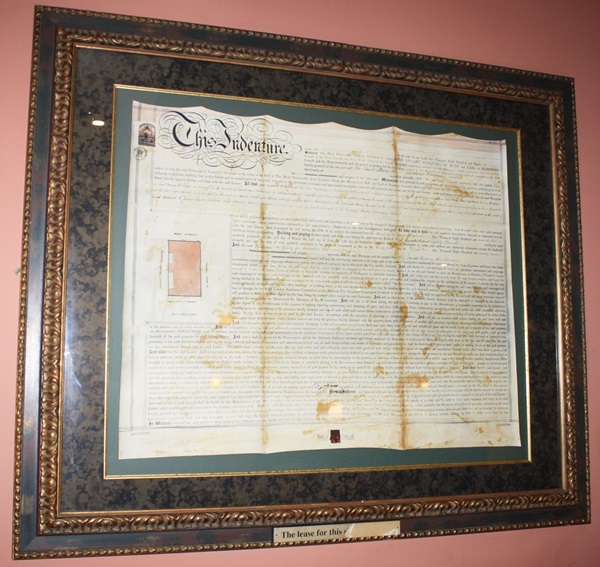
Framed original programmes for shows performed in the theatre in 1951.
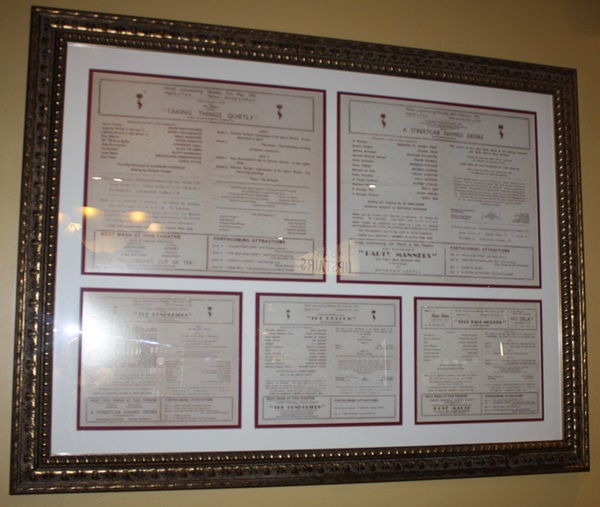
The shows included are: Top left: Taking Things Quietly, by Ronald Wilkinson. Top right: A Street Car Named Desire, by Tennessee Williams. Bottom right: Tell Tale Murder, by Philip Weathers. Bottom centre: The Hollow, by Agatha Christie. Bottom left: The Gondoliers.
These were presented to Wetherspoon by Mrs Vie Britton and Linda Marcam.
Framed original programmes for shows performed in the theatre in 1952.
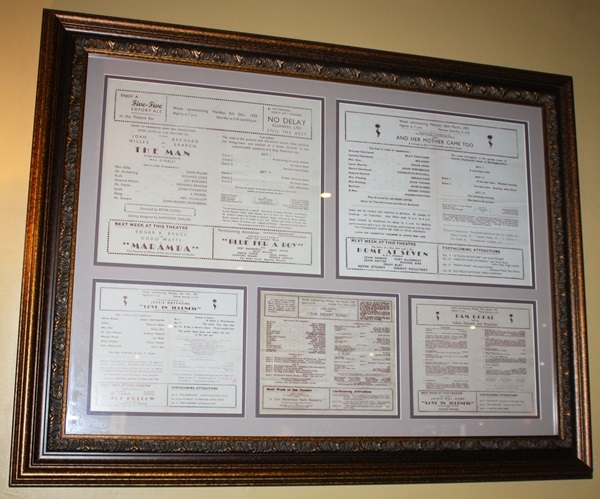
The shows included are: Top left: The Man, by Mel Dinelli. Top right: And Her Mother Came Too, by Billy Thatcher and Rolf King. Bottom right: Ram Gopal and his Indian Dancers. Bottom centre: The Desert Song, by James Shirvell. Bottom left: Love in Idleness, by Terrance Rattigan.
These were presented to Wetherspoon by Mrs Vie Britton and Linda Marcam.
A framed poster for a performance of Cavalleria Rusticana and Pagliacci.
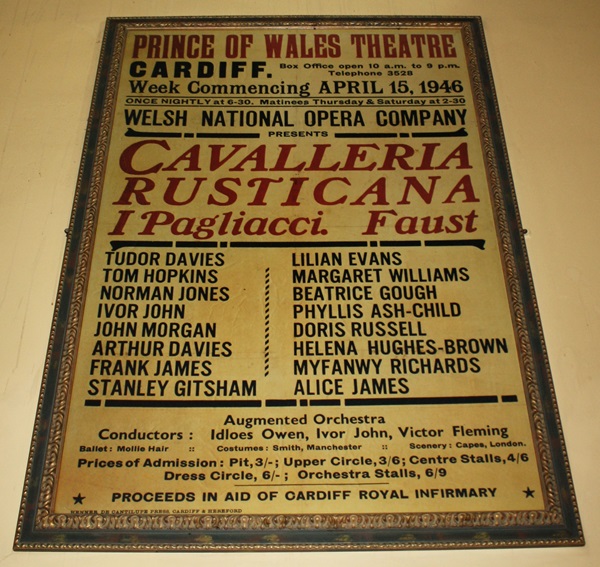
This poster advertised the performance which was at the Prince of Wales Theatre. It was for week commencing 15 April 1946, with shows every night at 6.30pm and matinées on Thursday and Saturday at 2.30pm.
A framed poster for a performance of Jack and the Beanstalk.
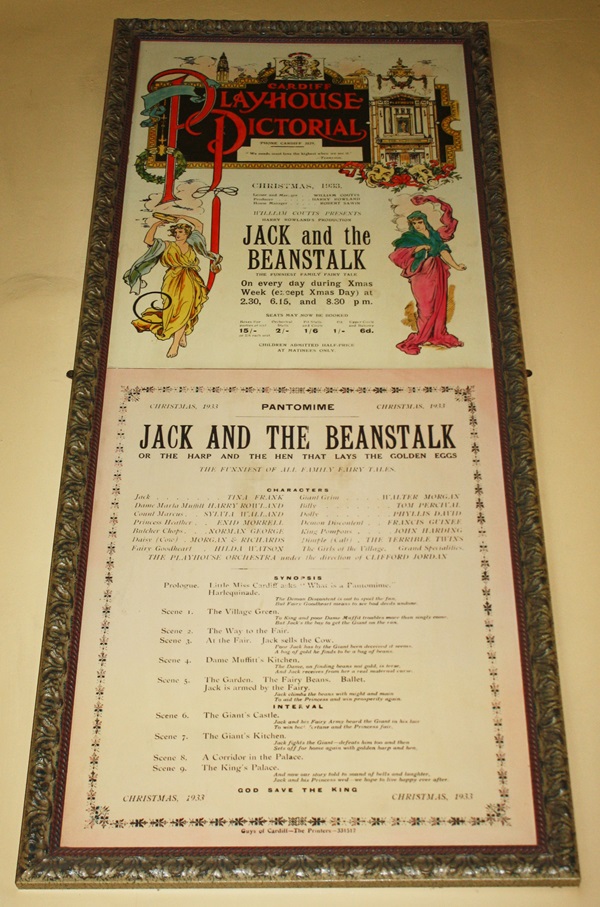
This poster advertised the performance which was at the Playhouse Pictorial. It was for every day during Christmas week in 1933 (except for Christmas Day) at 2.30pm, 6.15pm and 8.30pm.
A framed poster for a performance of The Arcadians.
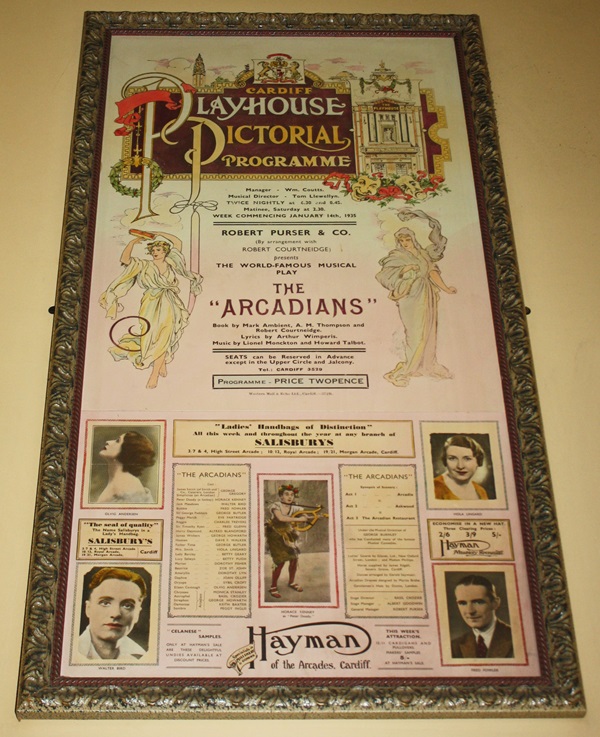
This poster advertised the performance which was at the Playhouse Pictorial. It was for week commencing 14 January 1935, with shows twice a night at 6.30pm and 8.45pm, plus a matinée on Saturday at 2.30pm.
A framed drawing, article, poster and text about the first theatres in Cardiff.
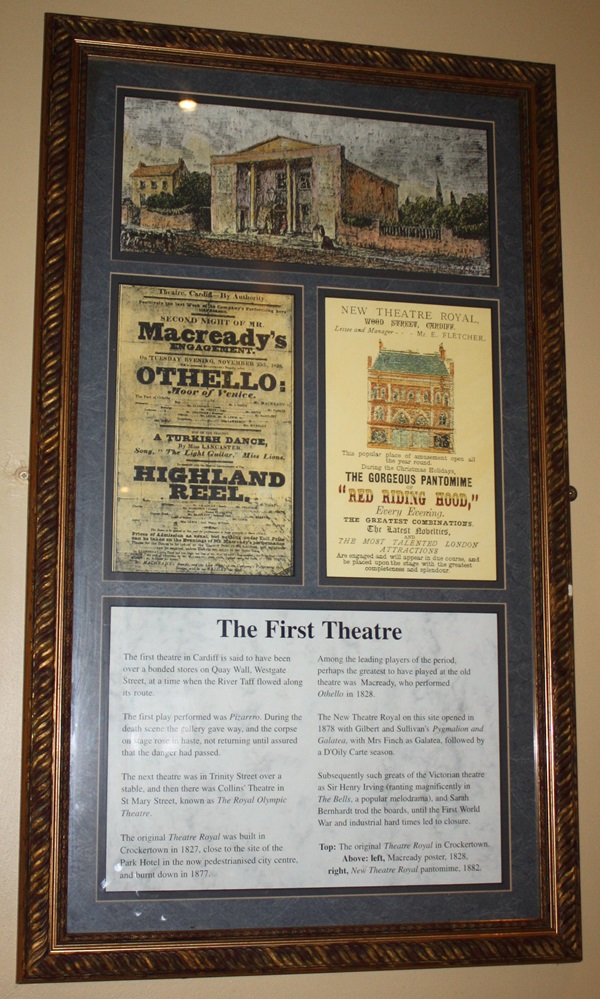
The text reads: The first theatre in Cardiff is said to have been over a bonded stores on Quay Wall, Westgate Street, at a time when the River Taff flowed along its route.
The first play performed was Pizarrro. During the death scene the gallery gave way, and the corpse on stage rose in haste, not returning until assured that the danger had passed.
The next theatre was in Trinity Street over a stable, and then there was Collins’ Theatre in St Mary Street, known as The Royal Olympic Theatre.
The original Theatre Royal was built in Crockertown in 1827, close to the site of the Park Hotel in the now pedestrianised city centre, and burnt down in 1877.
Amoung the leading players of the period, perhaps the greatest to have played at the old theatre was Macready, who performed Othello in 1828.
The New Theatre Royal on this site opened in 1878 with Gilbert and Sullivan’s Pygmalion and Galatea, with Mrs Finch and Galatea, followed by a D’Oily Carte season.
Subsequently such greats of the Victorian theatre as Sir Henry Irving (ranting magnificently in The Bells, a popular melodrama), and Sarah Bernhardt trod the boards, until the First World War and industrial hard times led to closure.
Top: The original Theatre Royal in Crockertown
Above: left, Macready poster, 1828, right, New Theatre Royal pantomime, in 1882.
Framed photographs and text about Ivor Novello.
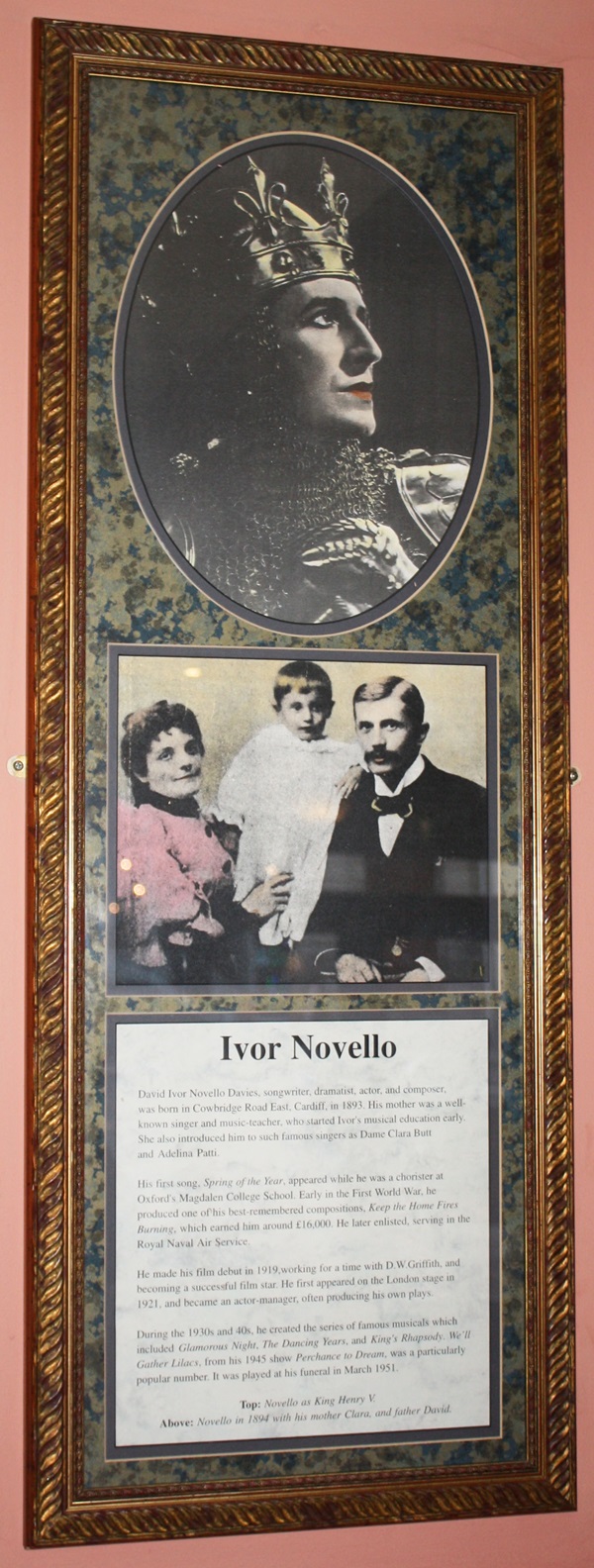
The text reads: David Ivor Novello Davies, songwriter, dramatist, actor, and composer, was born in Cowbridge Road East, Cardiff, in1893. His mother was a well-known singer and music-teacher, who started Ivor’s musical education early. She also introduced him to such famous singers as Dame Clara Butt and Adelina Patti.
His first song, Spring of the Year, appeared while he was a chorister at Oxford’s Magdalen College School. Early in the First World War, he produced one of his best-remembered compositions, Keep the Home Fires Burning, which earned him around £16,000. He later enlisted, serving in the Royal Naval Air Service.
He made his film debut in 1919, working for a time with D.W.Griffith, and becoming a successful film star. He first appeared on the London stage in 1921, and became an actor-manager, often producing his own plays.
During the 1930s and 40s, he created the series of famous musicals which included Glamorous Night, The Dancing Years, and King’s Rhapsody, We’ll Gather Lilacs, from his 1945 show Perchance to Dream, was a particularly popular number. It was played at his funeral in March 1951.
Top: Novello as King Henry V.
Above: Novello in 1894 with his mother Clara, and father David.
A framed painting, drawing and text about the First Marquis of Bute, the Third Marquis and Cardiff Castle.
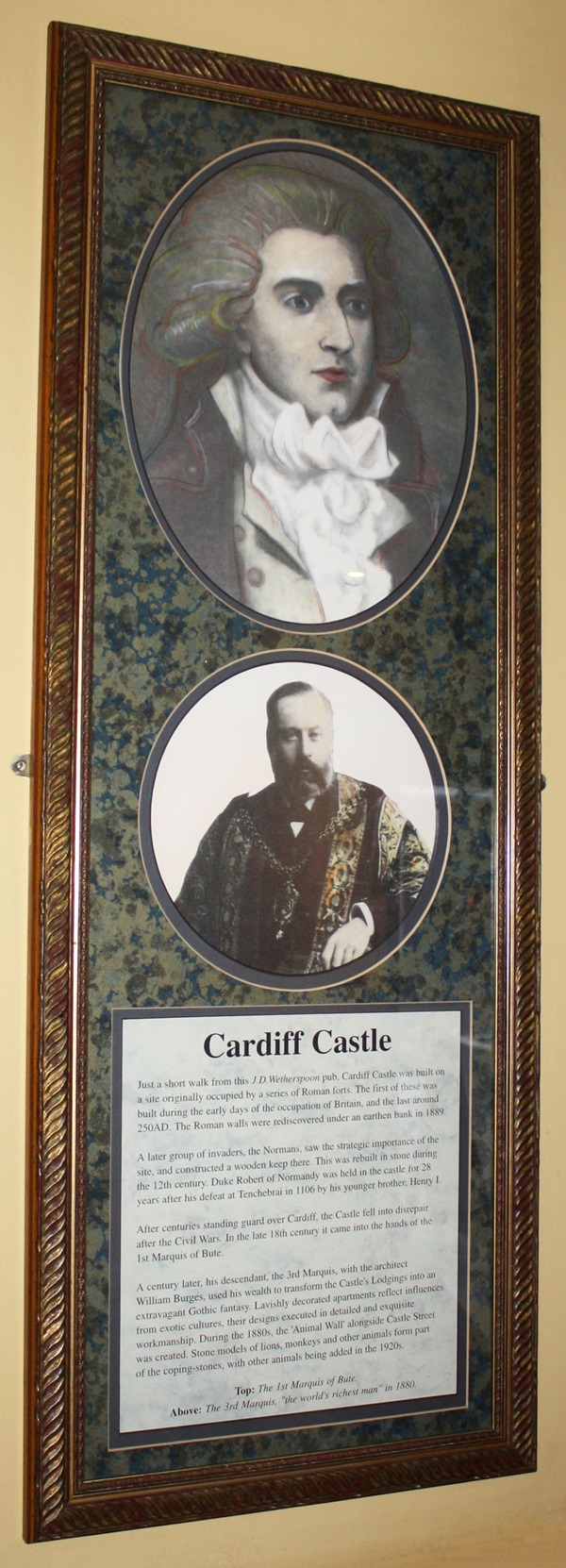
The text reads: Just a short walk from this J.D. Wetherspoon pub, Cardiff Castle was built on a site originally occupied by a series of Roman forts. The first of these was built during the early days of the occupation of Britain, and the last around 250AD. The Roman walls were rediscovered under an earthen bank 1889.
A later group of invaders, the Normans, saw the strategic importance of the site, and constructed a wooden keep there. This was rebuilt in stone during the 12th century. Duke Robert of Normandy was held in the castle for 28 years after his defeat at Tenchebrai in 1106 by his younger brother, Henry I.
After centuries standing guard over Cardiff, the Castle fell into disrepair after the Civil Wars. In the late 18th century it came into the hands of the 1st Marquis of Bute.
A century later, his descendant, the 3rd Marquis, with the architect William Burges, used his wealth to transform the Castle’s Lodgings into an extravagant Gothic fantasy. Lavishly decorated apartments reflect influences from exotic cultures, their designs executed in detailed exquisite workmanship. During the 1880’s, the ‘Animal Wall’ alongside castle Street was created. Stone models of lions, monkeys and other animals form part of the coping-stones, with other animals being added in the 1920s.
Top: The 1st Marquis of Bute.
Above: The 3rd Marquis, “the world’s richest man” in 1880.
Framed paintings, drawings and text about the Prince of Wales.
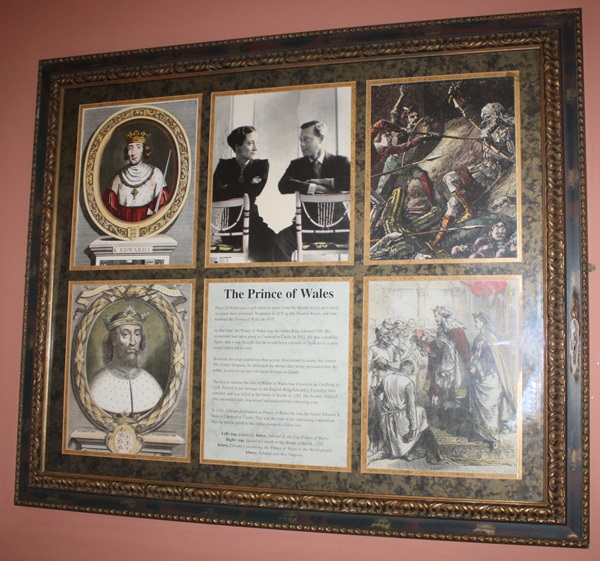
The text reads: This J.D.Wetherspoon pub takes its name from the theatre which previously occupied these premises. It opened in 1878 as the Theatre Royal, and was renamed the Prince of Wales in 1935.
At that time, the Prince of Wales was the future King Edward VIII. His investiture had taken place at Caernarforn Castle in 1911. He was a very popular figure, and it was thought that he would bring a breath of fresh air to a very conservative royal court.
However, his reign lasted less than a year. Determined to marry the former Mrs Ernest Simpson, he abdicated the throne after being persuaded that the public would not accept a divorced woman as Queen.
The first to assume the title of Prince of Wales was Llywelyn ap Gruffudd in 1258.forced to pay homage to the English King Edward I, Llywelyn later rebelled, and was killed at the battle of Builth in 1282. His brother Dafydd, who succeeded him, was seized and executed the following year.
In 1301, Edward proclaimed as Prince of Wales his son, the future Edward II, born in Caernarfon Castle. This was the start of the continuing convention that the title is given to the ruling monarch’s eldest son.
Left: top, Edward I, below, Edward II, the first Prince of Wales.
Right: top, Llewelyn’s death at the Battle of Builth, 1282, below, Edward I presenting the Prince of Wales to the welsh people.
Above: Edward and Mrs Simpson.
A framed print of Dame Sybil Thorndike.
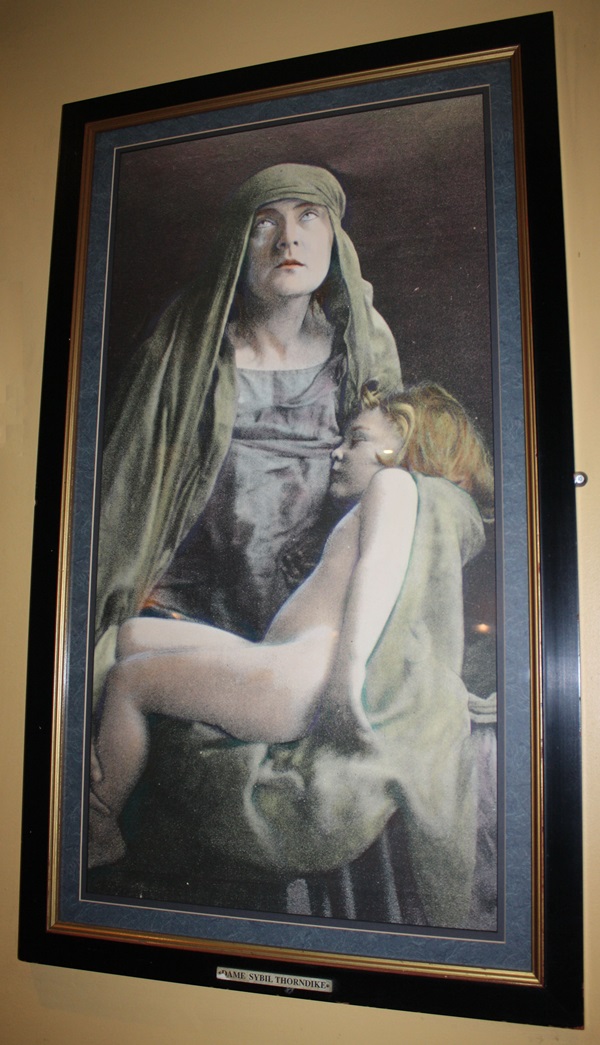
A framed print of Sir Laurence Olivier.
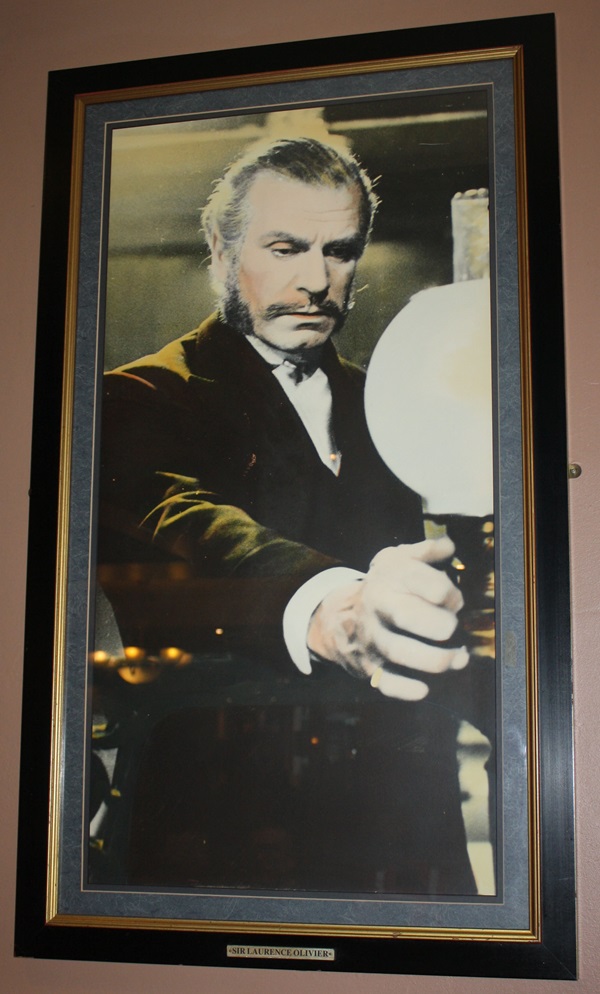
A framed print of Richard Burton.
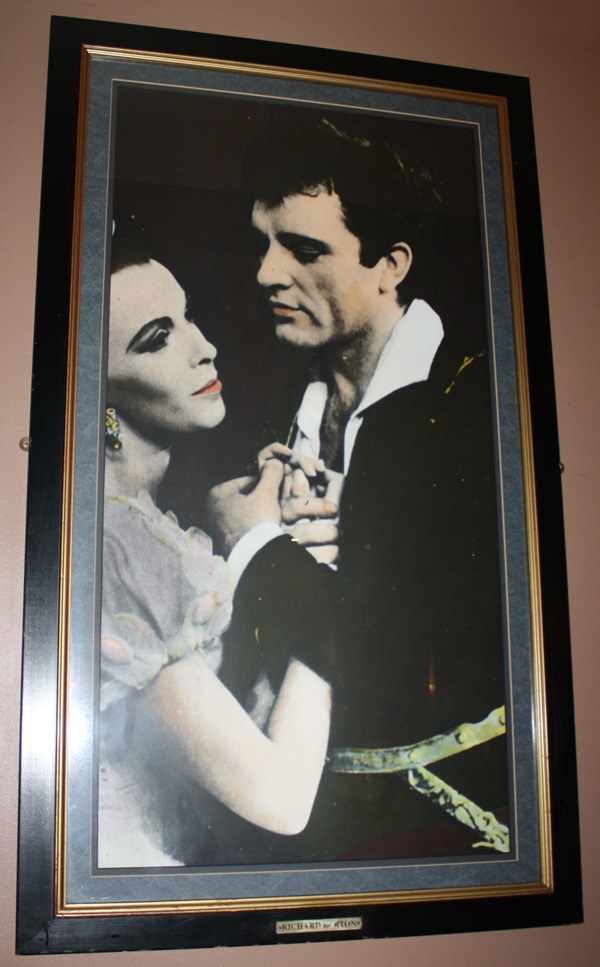
Framed photographs of Welsh rugby players.
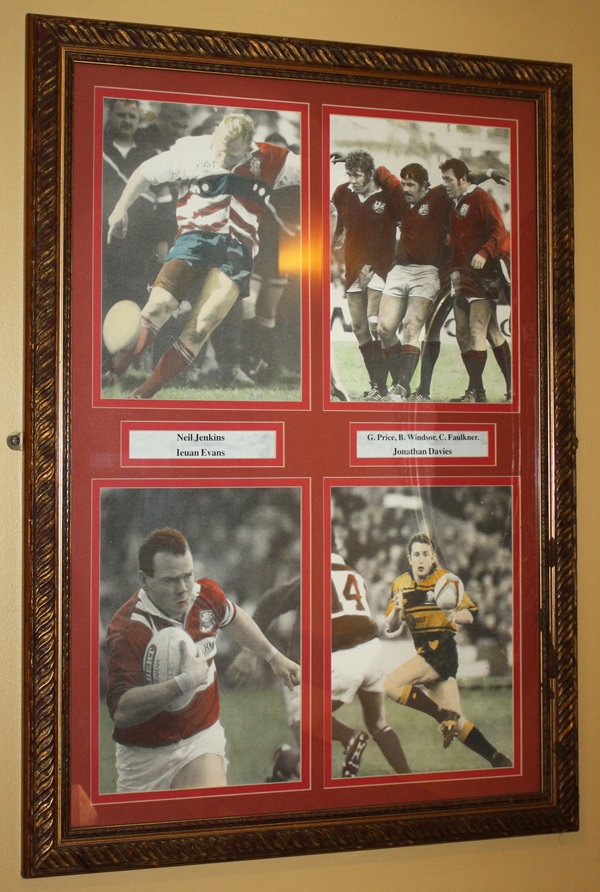
Top left: Neil Jenkins. Top right: G Price, B Windsor, C Faulkner. Bottom right: Jonathan Davies. Bottom left: Ieuan Evans.
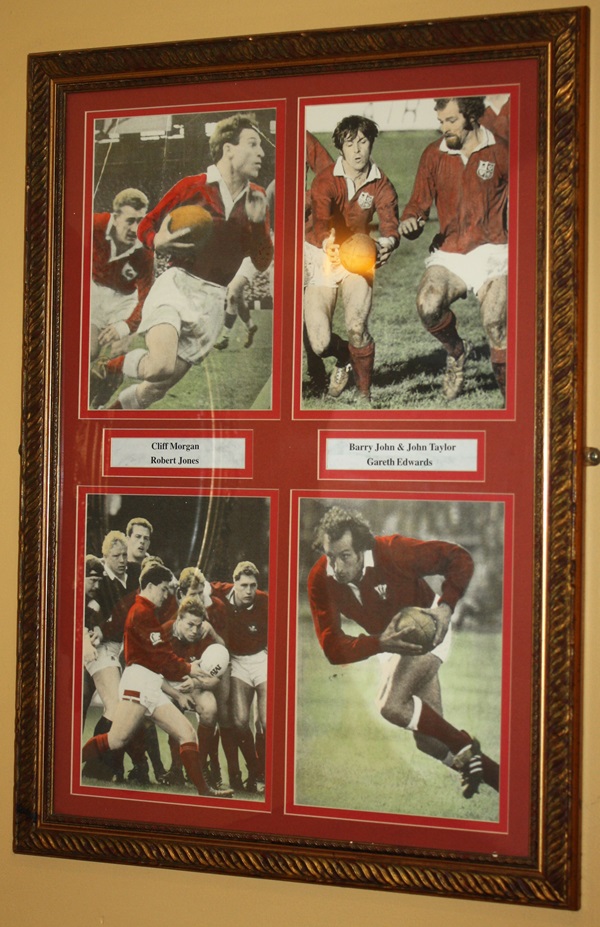
Top left: Cliff Morgan. Top right: Barry John and John Taylor. Bottom right: Gareth Edwards. Bottom left: Robert Jones.
A backdrop inspired by a theatre performance shown here.
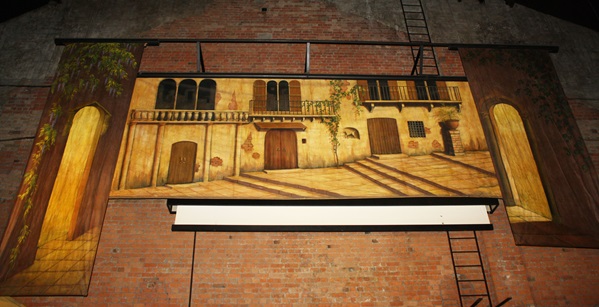
A stained-glass dome in the main entrance.
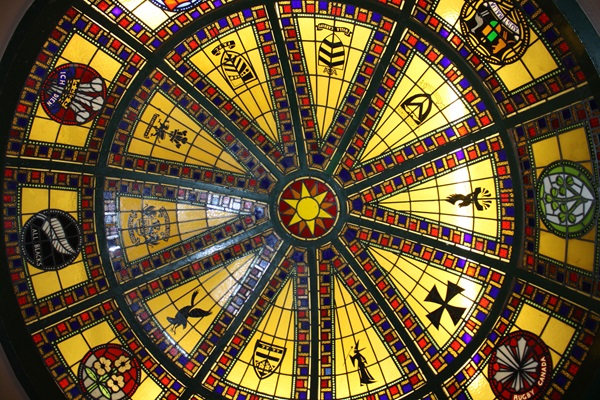
In the glass are designs of the international rugby team’s crest.
A private box used by the wealthy during the theatre’s original use.
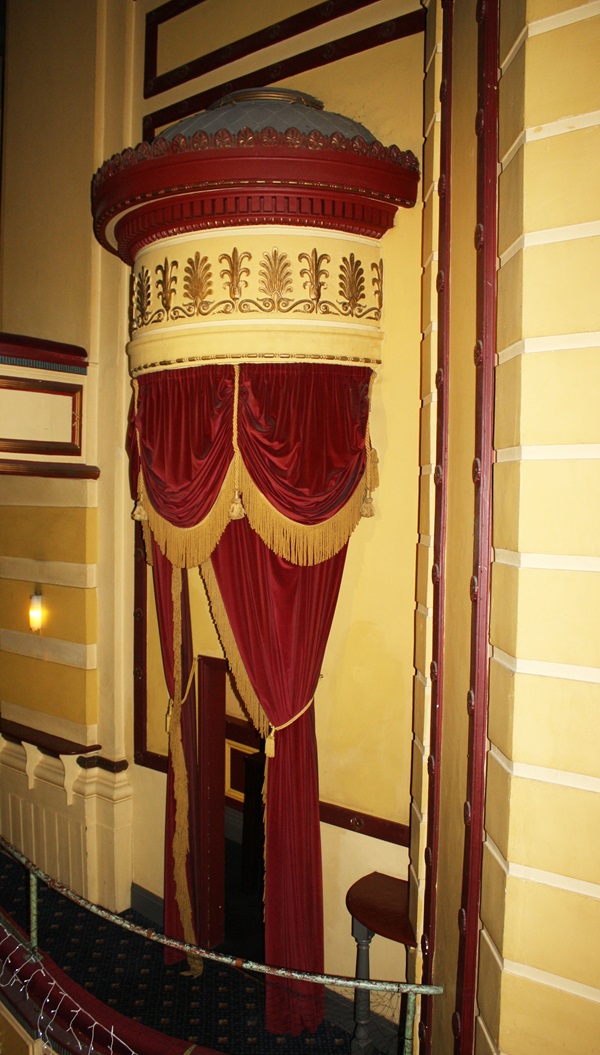
Internal photos of the building’s original structure and design.
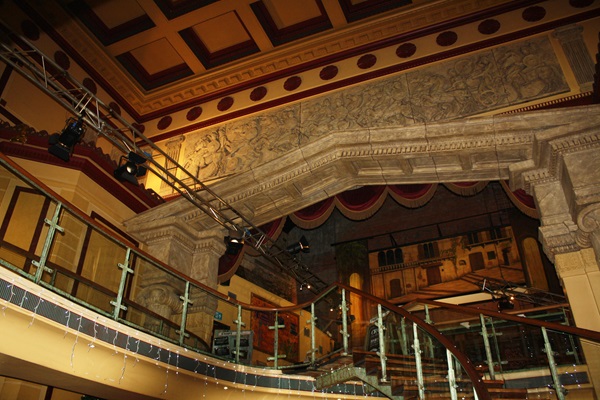
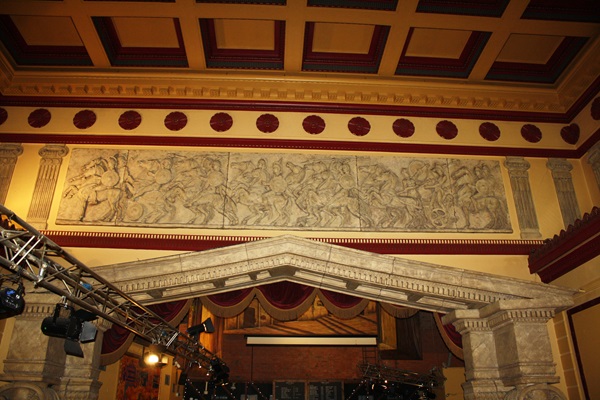
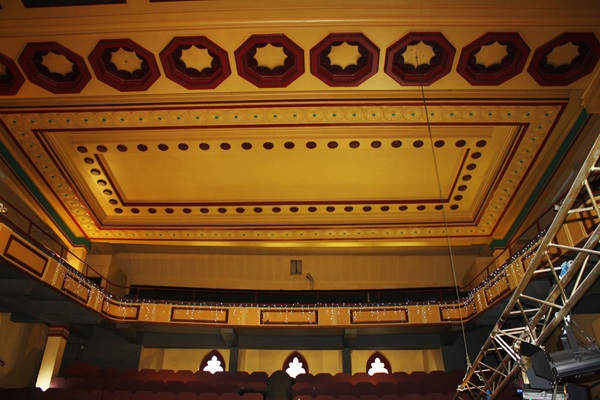
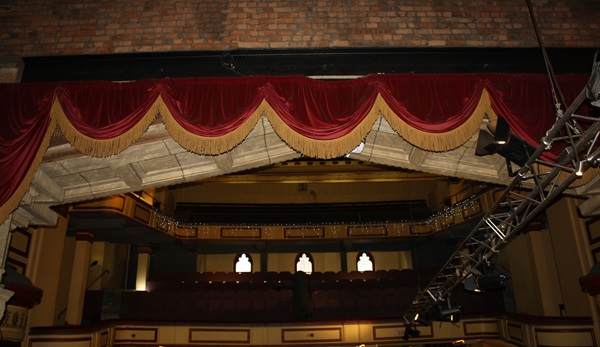
External photo of the building – side entrance.
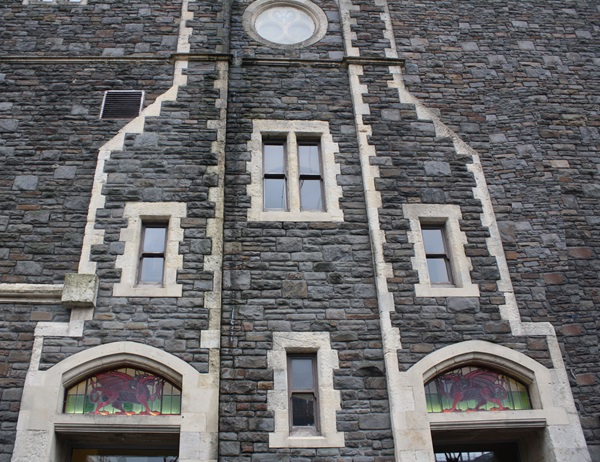
The stained-glass windows and window arches make up the side wall.
A statue above the entrance on St Mary’s Street.
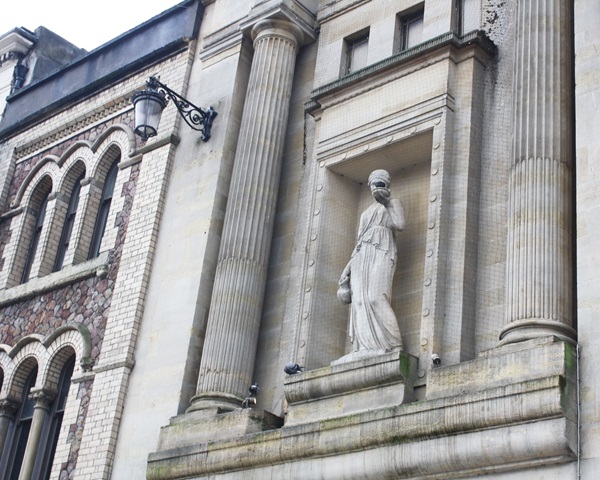
This is a neoclassical statue of a woman holding a bowl.
External photo of the building – Wood Street entrance.
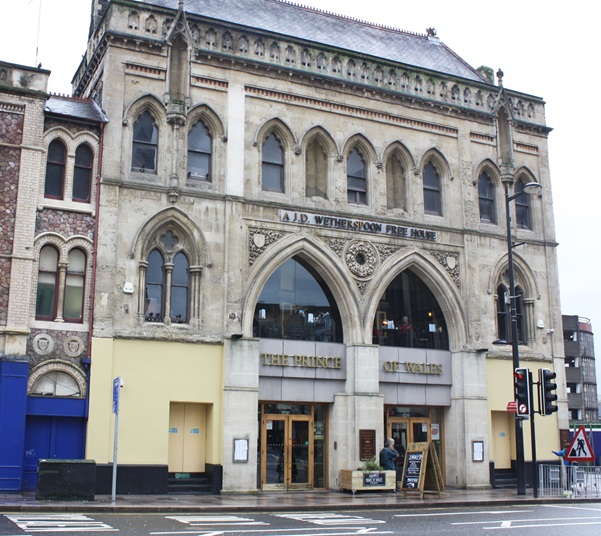
External photo of the building – both entrances.
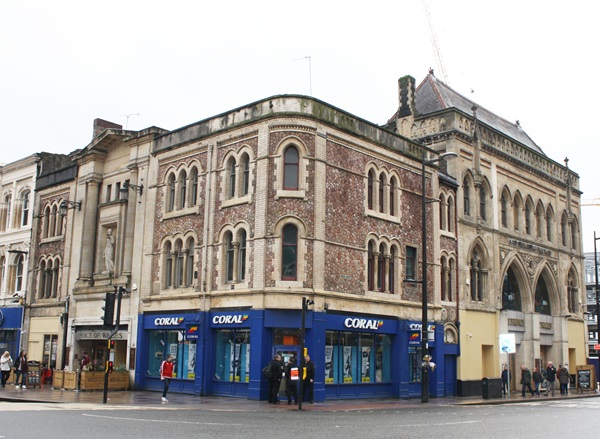
If you have information on the history of this pub, then we’d like you to share it with us. Please e-mail all information to: pubhistories@jdwetherspoon.co.uk